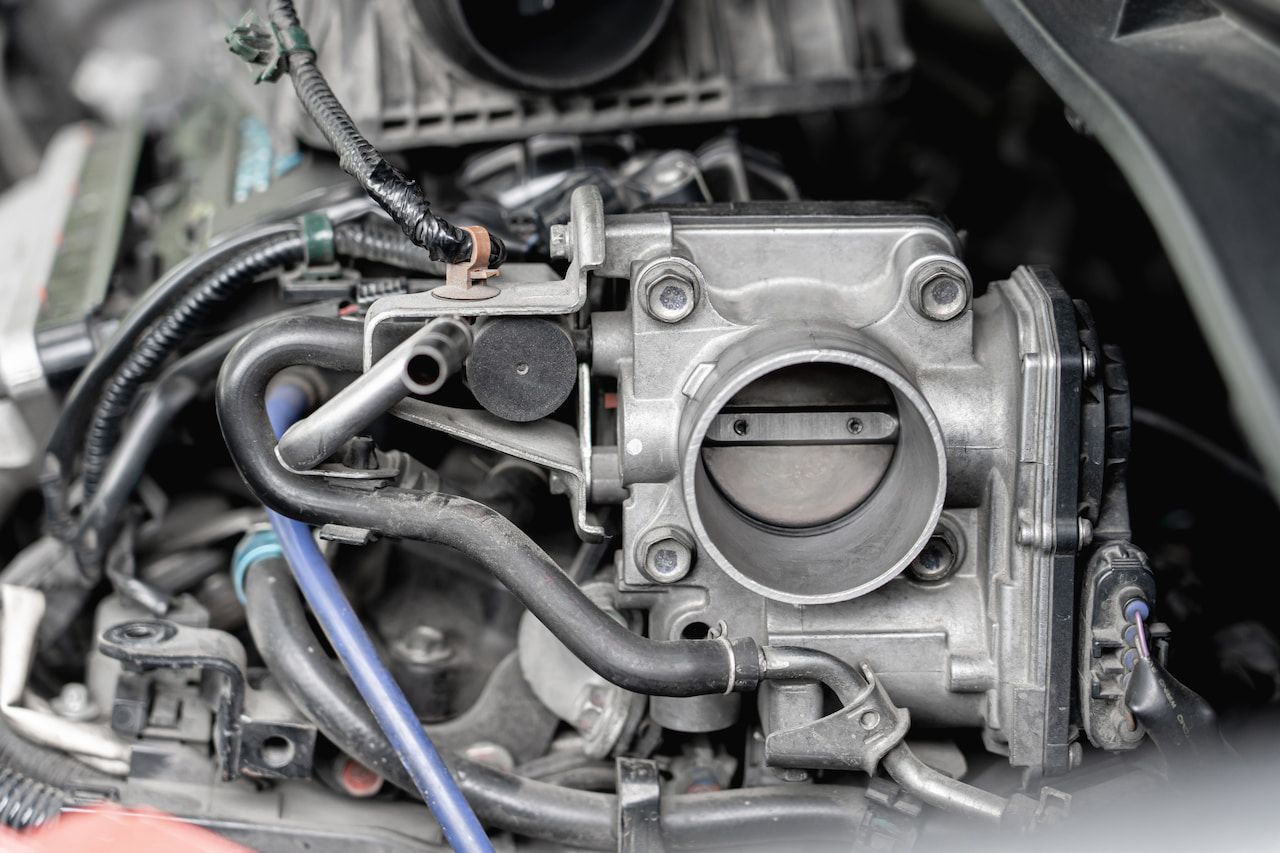UTVs are incredible machines designed to tackle rugged terrains, but older models often rely on carburetors for engine performance. When carburetor issues arise, they can lead to poor engine response, stalling, or complete failure to start. Understanding these problems and knowing how to address them can save you from frustration and downtime.

Recognizing the Signs of Carburetor Issues in UTVs
A faulty carburetor can manifest in several ways, potentially leaving your UTV stranded or performing sub-optimally. Knowing what to look for is the first step toward resolving the issue. Here are the key indicators:
- Hard Starting or No Start: Difficulty starting the engine, especially in cold weather, could point to clogged jets or incorrect fuel mixture.
- Rough Idling: An uneven or unstable idle might be caused by improper air-to-fuel ratios.
- Loss of Power: Struggling to accelerate or reduced power during operation often signals a partially blocked carburetor.
- Excessive Fuel Consumption: A malfunctioning carburetor can lead to over-fueling, which wastes gas and fouls spark plugs.
For more tips on UTV repair and maintenance, visit Side by Side Fury’s expert services.
Common Causes of Carburetor Issues in UTVs
Understanding the root causes of carburetor problems is crucial for effective troubleshooting. Here are the typical culprits:
- Clogged Jets: Dirt or debris in the fuel system often clogs the jets, restricting fuel flow.
- Stale Fuel: Old or contaminated fuel can create varnish-like deposits, obstructing carburetor components.
- Improper Adjustments: Incorrect idle screw or air-fuel mixture settings can disrupt performance.
- Worn Components: Over time, seals, gaskets, and other components degrade, leading to leaks or poor functionality.
Find replacement parts and accessories to keep your UTV in top condition at Side by Side Fury’s shop.
How to Troubleshoot and Clean Your UTV’s Carburetor
Follow these steps to troubleshoot and clean your carburetor effectively:
- Inspect the Carburetor:
- Check for visible damage, leaks, or loose connections.
- Ensure the fuel line is delivering fuel properly.
- Disassemble with Care:
- Remove the carburetor following your UTV’s manual.
- Document the disassembly process to ensure proper reassembly.
- Clean Thoroughly:
- Use a carburetor cleaner to spray and soak parts.
- Remove debris from jets, ports, and float bowls using a soft brush or compressed air.
- Reassemble and Test:
- Reinstall the carburetor, ensuring all connections are tight.
- Start the engine and adjust the air-fuel mixture and idle screws as needed.
For detailed how-to guides, explore Side by Side Fury’s blog.
Preventive Maintenance Tips for UTV Carburetors
To avoid future carburetor problems, implement these best practices:
- Use high-quality fuel and add a stabilizer if the UTV sits idle for extended periods.
- Regularly clean the air filter to prevent debris from entering the carburetor.
- Schedule routine inspections to identify wear and tear early.
When to Seek Professional Help
If your troubleshooting attempts fail or the problem persists, it may be time to consult a professional. Issues like severe clogging, cracked components, or intricate adjustments require expert knowledge and tools. Trust experienced mechanics like Side by Side Fury’s repair team to get your UTV back in action.
Disclaimer: This guide provides general advice. Refer to your UTV’s manual and consult a qualified mechanic for specific issues.
Main Points to Remember
Carburetor issues can sideline your UTV, but with proper knowledge, you can tackle many problems yourself. Recognize the signs, understand the causes, and follow a structured approach to cleaning and maintenance. If in doubt, trust professional help to ensure your UTV delivers reliable performance for years to come.
